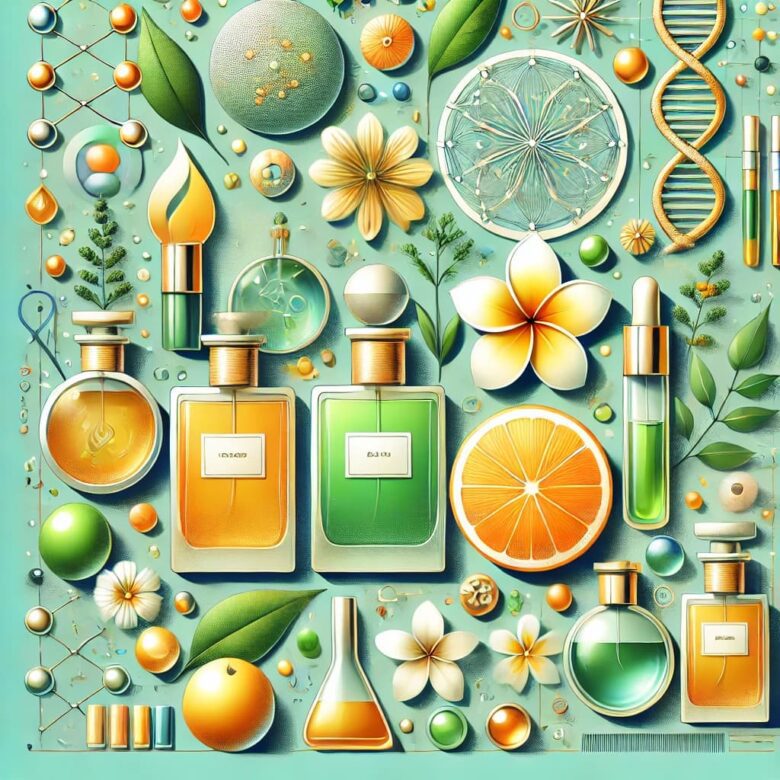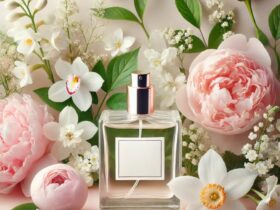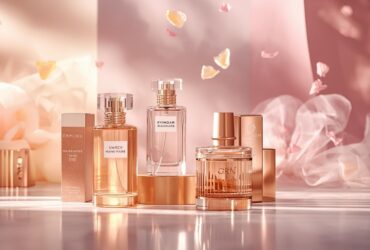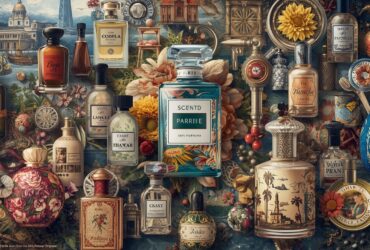The fragrance industry continues to captivate consumers around the globe, with 2024 shaping up to be a transformative year for the market. Emerging trends, innovative technologies, and evolving consumer preferences are redefining the landscape. From sustainability to personalization, the fragrance industry is embracing change to meet the demands of modern consumers. Let’s delve into the key trends driving the fragrance industry in 2024.
1. Sustainability: The Core of Modern Fragrances
Sustainability remains a dominant force in the fragrance industry. As environmentally conscious consumers seek eco-friendly products, brands are adopting sustainable practices to reduce their environmental impact.
Key Developments in Sustainable Fragrances
- Natural Ingredients: There is an increased focus on sourcing organic and ethically harvested ingredients, such as sandalwood, vetiver, and patchouli.
- Biodegradable Packaging: Fragrance houses are introducing recyclable and compostable packaging to reduce plastic waste.
- Green Chemistry: The use of renewable raw materials and innovative green chemistry methods are enabling brands to create eco-conscious scents without compromising quality.
- Carbon Neutral Practices: Leading companies are committing to net-zero carbon emissions, incorporating renewable energy and reducing transportation footprints.
2. Personalization: The Rise of Bespoke Fragrances
Modern consumers crave unique experiences, and personalized fragrances have emerged as a top trend. Brands are leveraging technology to create tailored scents that resonate with individual identities.
Advancements in Fragrance Personalization
- AI-Powered Tools: Artificial intelligence is enabling brands to analyze customer preferences and create customized fragrance profiles.
- DNA-Based Scents: Some innovative companies are using DNA analysis to craft fragrances that align with a person’s unique genetic makeup.
- Interactive Experiences: Retailers are offering in-store fragrance consultations and online quizzes to guide customers in designing their own perfumes.
- Subscription Services: Monthly fragrance subscription boxes are allowing consumers to explore a variety of scents tailored to their preferences.
3. Wellness and Functional Fragrances
As wellness continues to influence consumer choices, functional fragrances designed to enhance mood and health are gaining popularity. These fragrances are crafted with essential oils and other natural compounds to provide therapeutic benefits.
Popular Functional Fragrance Categories
- Stress-Relief Scents: Lavender, chamomile, and bergamot-based fragrances are known for their calming properties.
- Energy-Boosting Scents: Citrus and peppermint notes are being used to create invigorating fragrances.
- Sleep-Enhancing Fragrances: Vanilla and sandalwood-infused perfumes are crafted to promote relaxation and better sleep.
- Aromatherapy Integration: The blending of aromatherapy principles with perfumery is leading to holistic well-being solutions.
4. Gender-Neutral Fragrances: Breaking Traditional Norms
The concept of gender-specific perfumes is becoming obsolete. Unisex and gender-neutral fragrances are redefining the market, appealing to a broader audience.
Why Gender-Neutral Scents Are Thriving
- Inclusivity: Gender-neutral perfumes embrace diverse identities and break free from traditional masculine and feminine stereotypes.
- Versatile Notes: These fragrances often feature earthy, woody, and fresh accords that cater to all preferences.
- Cultural Shifts: Millennials and Gen Z consumers are driving the demand for products that align with their values of equality and authenticity.
5. Niche Fragrances: Crafting Unique Stories
Niche fragrances are thriving as consumers seek scents that stand out from mass-produced offerings. These artisanal creations tell a story, making them highly desirable.
Characteristics of Niche Fragrances
- High-Quality Ingredients: Rare and luxurious materials such as oud, saffron, and ambergris are often used.
- Limited Editions: Small-batch production creates exclusivity, enhancing their allure.
- Artistic Expression: Niche perfumers often focus on storytelling and creativity, resulting in unique olfactory experiences.
6. Technological Innovations in Fragrance Development
Technology is revolutionizing the fragrance industry, enabling brands to innovate and enhance the consumer experience.
Tech-Driven Innovations
- AI Perfumers: Artificial intelligence is being used to develop complex scent compositions more efficiently.
- Virtual Try-Ons: Augmented reality (AR) is allowing consumers to virtually test fragrances before purchasing.
- Smart Packaging: QR codes and NFC technology embedded in packaging provide interactive content, such as scent stories and ingredient transparency.
- 3D Printing: Advanced 3D printing techniques are enabling the creation of customized fragrance bottles and prototypes.
7. Clean Fragrances: Transparency and Safety First
Clean beauty has extended to the fragrance sector, with consumers demanding transparency about ingredients and formulations. Clean fragrances are free from harmful chemicals and focus on safety.
What Defines Clean Fragrances?
- Non-Toxic Ingredients: Free from parabens, phthalates, and synthetic dyes.
- Cruelty-Free: Ethical testing practices ensure products are not tested on animals.
- Ingredient Disclosure: Brands are embracing full ingredient transparency, helping consumers make informed decisions.
8. The Expansion of Regional Fragrance Trends
Cultural influences play a significant role in shaping fragrance trends. In 2024, regional preferences are inspiring global innovation.
Notable Regional Trends
- Middle Eastern Fragrances: Oud, amber, and rose are gaining popularity worldwide due to their rich and exotic profiles.
- Asian Influences: Fresh, subtle scents inspired by tea, bamboo, and cherry blossoms are thriving.
- Latin American Notes: Bright and tropical accords like coconut, passionfruit, and guava are making waves.
9. Marketing Strategies: The Power of Storytelling
In an oversaturated market, storytelling has become a vital tool for fragrance brands to connect with consumers. Marketing strategies now focus on creating emotional resonance.
Effective Storytelling Techniques
- Heritage and Legacy: Highlighting a brand’s history and craftsmanship builds trust and authenticity.
- Scent Memories: Associating fragrances with meaningful moments and emotions creates lasting impressions.
- Influencer Partnerships: Collaborations with influencers and celebrities amplify brand visibility and credibility.
- Digital Campaigns: Social media and digital storytelling platforms are being used to showcase behind-the-scenes content and fragrance creation journeys.
The fragrance industry in 2024 is undergoing significant changes, driven by sustainability, personalization, wellness, and innovation. As consumer preferences evolve, brands that embrace these trends and prioritize transparency, inclusivity, and creativity will thrive. Whether it’s through bespoke fragrances or cutting-edge technology, the future of perfumery is brimming with exciting possibilities.









Leave a Reply